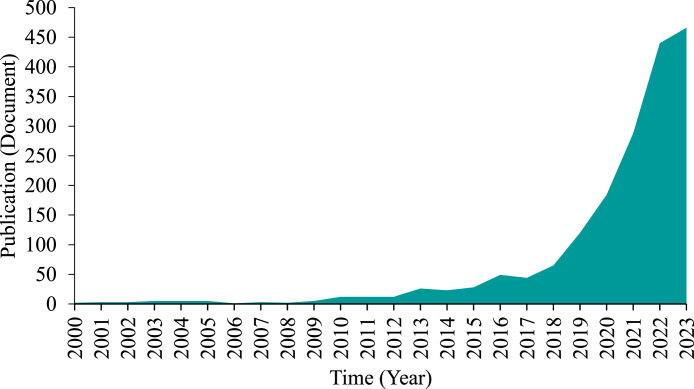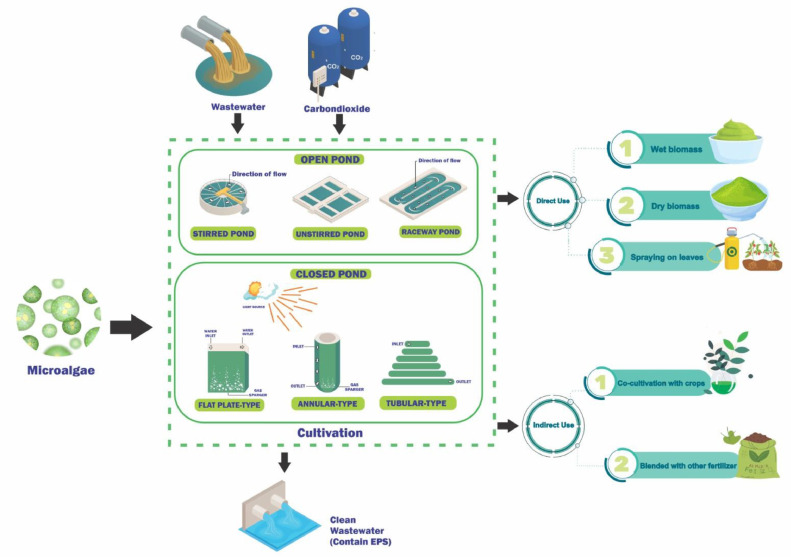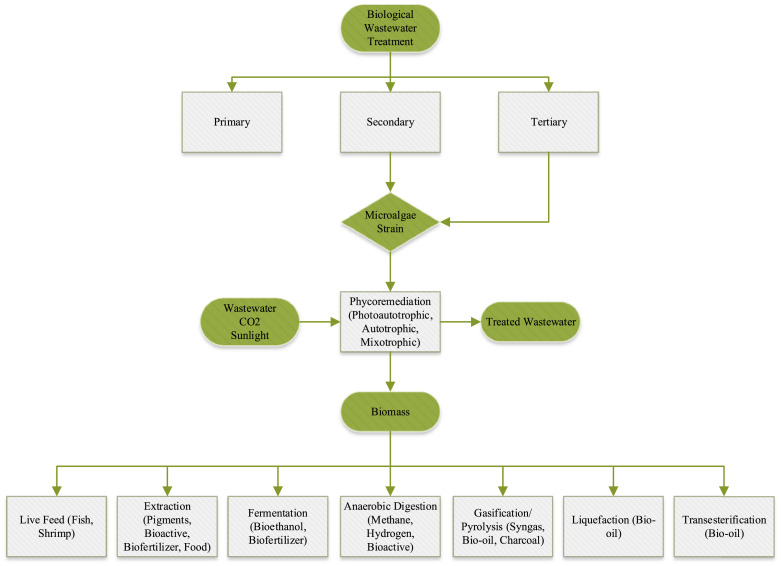Innovative strategies for utilizing microalgae as dual-purpose biofertilizers and phycoremediators in agroecosystems
Q1 Immunology and Microbiology
引用次数: 0
Abstract
The increasing need for sustainable agricultural practices due to the overuse of chemical fertilizers has prompted interest in microalgae as biofertilizers. This review investigates the potential of microalgae as biofertilizers and phycoremediators within sustainable agroecosystems, addressing both soil fertility and wastewater management. Microalgae provide a dual benefit by absorbing excess nutrients and contaminants from wastewater, generating nutrient-rich biomass that can replace chemical fertilizers and support plant growth. Implementation strategies include cultivating microalgae in wastewater to offset production costs, using closed photobioreactor systems to enhance growth efficiency, and applying microalgal biomass directly to soil or crops. Additionally, microalgae extracts provide essential bioactive compounds, such as phytohormones and amino acids, that enhance plant growth and resilience. While microalgae offer an eco-friendly solution for nutrient recycling and crop productivity, challenges in scalability, production cost, and regulatory frameworks hinder widespread adoption. This review highlights the potential pathways and technological advancements necessary for integrating microalgae into sustainable agriculture, emphasizing the need for interdisciplinary collaboration and innovative approaches to overcome these barriers. Ultimately, microalgae biofertilizers represent a promising approach to reducing environmental impact and advancing sustainable farming practices.



利用微藻作为农业生态系统中双重用途生物肥料和藻修复剂的创新策略。
由于化肥的过度使用,对可持续农业实践的需求日益增加,这促使人们对微藻作为生物肥料产生了兴趣。本文综述了微藻在可持续农业生态系统中作为生物肥料和藻修复剂的潜力,解决了土壤肥力和废水管理问题。微藻通过吸收废水中多余的营养物质和污染物,产生富含营养的生物质,可以替代化学肥料并支持植物生长,从而提供双重效益。实施策略包括在废水中培养微藻以抵消生产成本,使用封闭光生物反应器系统提高生长效率,以及将微藻生物质直接施用于土壤或作物。此外,微藻提取物提供必需的生物活性化合物,如植物激素和氨基酸,促进植物生长和恢复力。虽然微藻为养分循环和作物生产力提供了生态友好的解决方案,但在可扩展性、生产成本和监管框架方面的挑战阻碍了微藻的广泛应用。这篇综述强调了将微藻纳入可持续农业的潜在途径和必要的技术进步,强调需要跨学科合作和创新方法来克服这些障碍。最终,微藻生物肥料代表了一种减少环境影响和促进可持续农业实践的有希望的方法。
本文章由计算机程序翻译,如有差异,请以英文原文为准。
求助全文
约1分钟内获得全文
求助全文
来源期刊

Biotechnology Reports
Immunology and Microbiology-Applied Microbiology and Biotechnology
CiteScore
15.80
自引率
0.00%
发文量
79
审稿时长
55 days
期刊介绍:
Biotechnology Reports covers all aspects of Biotechnology particularly those reports that are useful and informative and that will be of value to other researchers in related fields. Biotechnology Reports loves ground breaking science, but will also accept good science that can be of use to the biotechnology community. The journal maintains a high quality peer review where submissions are considered on the basis of scientific validity and technical quality. Acceptable paper types are research articles (short or full communications), methods, mini-reviews, and commentaries in the following areas: Healthcare and pharmaceutical biotechnology Agricultural and food biotechnology Environmental biotechnology Molecular biology, cell and tissue engineering and synthetic biology Industrial biotechnology, biofuels and bioenergy Nanobiotechnology Bioinformatics & systems biology New processes and products in biotechnology, bioprocess engineering.
 求助内容:
求助内容: 应助结果提醒方式:
应助结果提醒方式:


